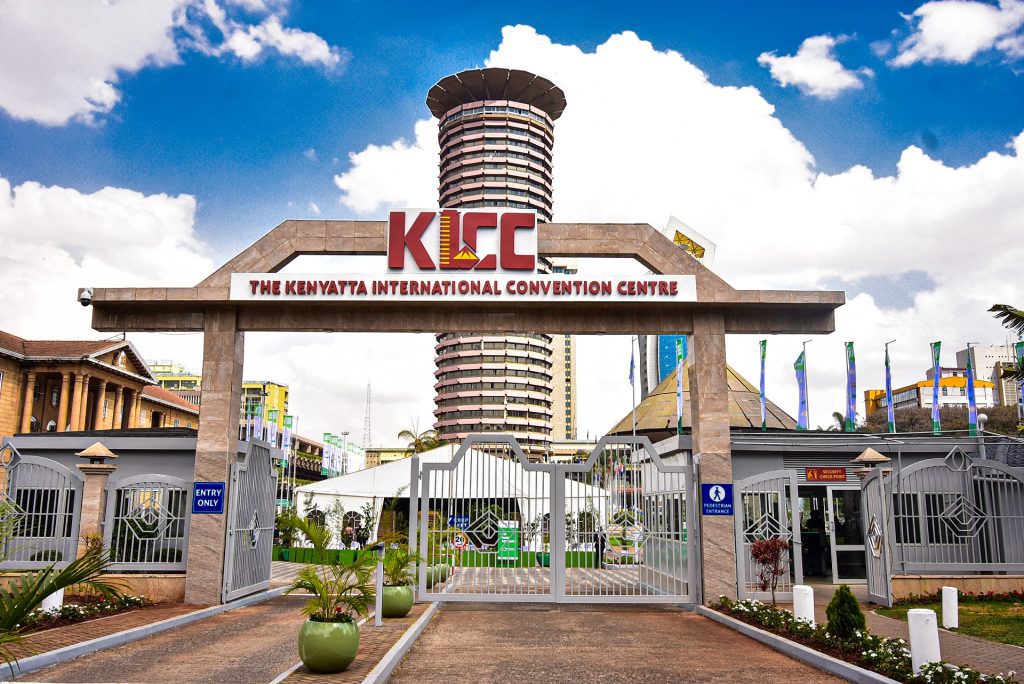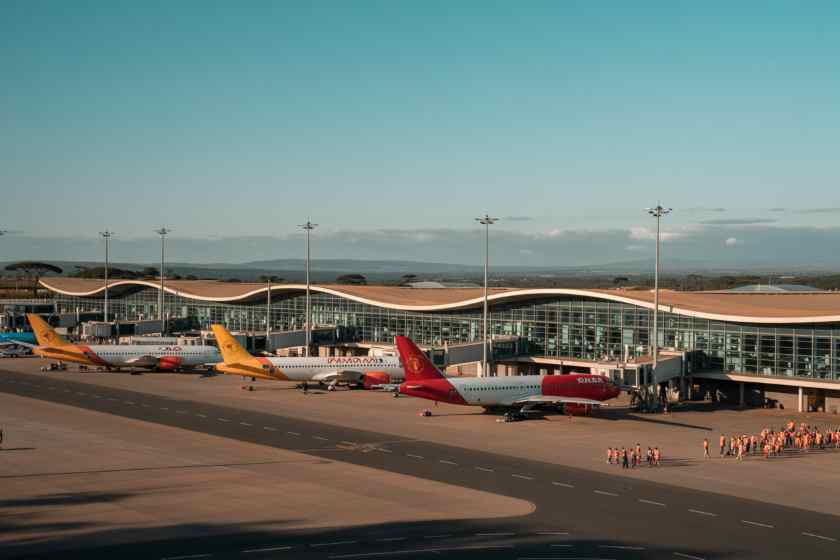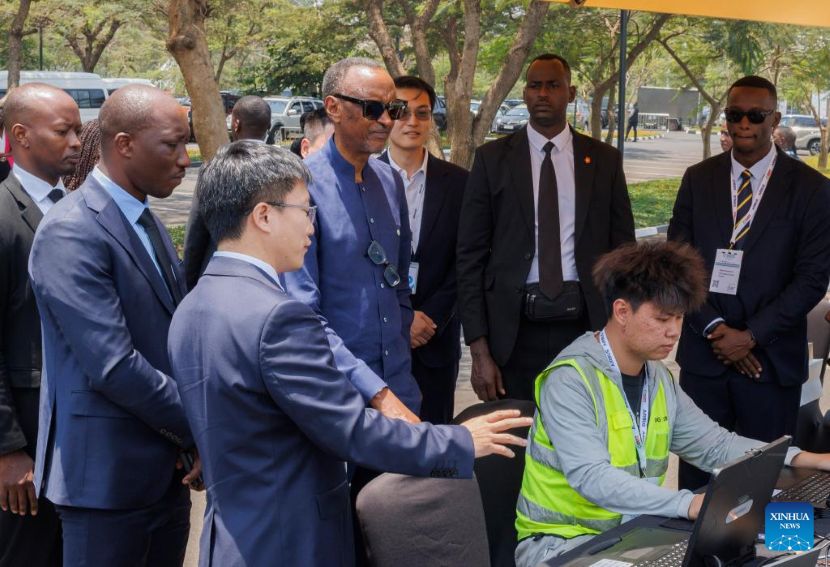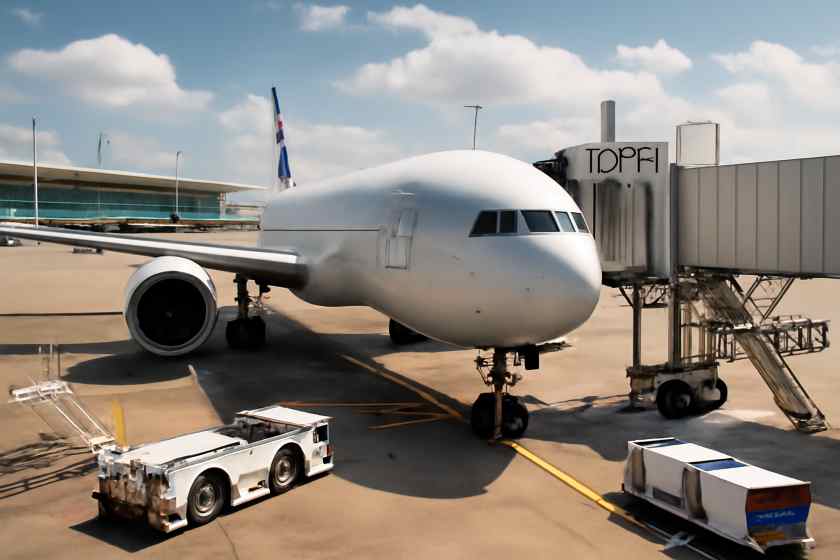Africa has emerged as the fastest-growing region for global tourism in the early months of 2025, posting a twelve percent increase in international arrivals for the first half. The increase is a product of the continent’s sustained efforts to enhance international appeal, including improved air and land connectivity, the rollout of new and refurbished tourism infrastructure, and an expanding portfolio of authentic and varied experiences. Both North Africa and Sub-Saharan markets are demonstrating robust performance, thus creating extensive opportunities for the wider industry, for local enterprises, and for travellers making well-informed choices.
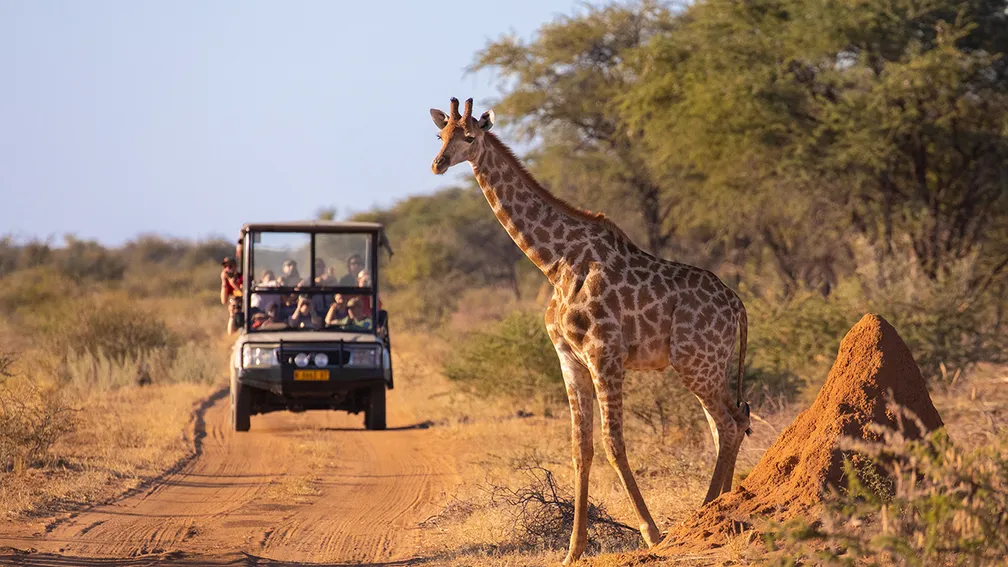
Destinations such as Morocco, Egypt, and South Africa remain central to the growth narrative, drawing international visitors primarily for their rich cultural, historical, and geographical assets. The uptick in arrivals bolsters not only the tourism economy but also peripheral commercial networks, benefitting hospitality, accommodation, transport, and artisan sectors as revenue circulates regionally.
Tourism Growth in North and Sub-Saharan Africa
In North Africa, tourism surged by roughly 14%, with Morocco at the forefront, reporting a remarkable 19% rise in overseas visitors. Its rich cultural tapestry, diverse geology, and historically resonant cities like Marrakech and Fez reinforce the country’s magnetic appeal to global travellers. Egypt, likewise, continues to mesmerise visitors with monumental vestiges of antiquity—including the Pyramids of Giza, Luxor Temple, and the necropolis of the Valley of the Kings—effectively inscribing the region on the itineraries of history and adventure seekers alike.
Sub-Saharan Africa recorded comparable momentum, as Kenya, South Africa, and Tanzania registered substantive gains due to their acclaimed safari circuits, diverse ecosystems, and captivating coastlines. South Africa’s Kruger National Park, renowned for biodiverse fauna and sweeping vistas, no longer serves solely domestic constituencies but a steadily rising global cohort. Tanzania, in turn, professionalises high-altitude ascents and examines wilderness tourism at Mount Kilimanjaro and the Serengeti National Park, respectively, reliably translating natural majesty into tourism-led economic expansion.
The upsurge in international receipts at both North and Sub-Saharan African sites can be traced to correlating inputs: enhanced flight networks, relaxed visa regimes, and mounting curiosity for the continent’s pre- and post-colonial icons and ecosystems. National tourism agencies are aligning marketing initiatives to broaden appeal for primarily Asian and Middle Eastern emerging outbound markets.
Incremental Growth in Regional and Intercontinental Air Capacity
Predominant in Africa’s experience is the sustained enlargement of air capability and consequent route development. Provisional IATA data indicates that international seat offers to and from the continent climbed to a seven-per-cent year-on-year plateau through the 2025 horizon. Carriers have introduced non-stop services from Europe, the Arabian Peninsula, and South Asian hubs to tier-one corridors such as Khartoum, Pretoria, Nairobi, and Accra, resolving latency in travel times to national tourism sites.
The resultant aircraft volume pulses elevate direct arrivals and indirectly reconfigure value chains downstream of arrival terminals. Incremental aircraft fleet induction spurs opportunities for regional maintenance, lodging, and auxiliary tourism services. Aligned re-structuring of airport tariff regimes and the entry of low-cost and full-service start-ups multiply the continent’s combined proposition, effectively energising the tourism macro-environment and deepening the regional development narrative.
Africa’s Emerging Pull as a Multifaceted Tourism Hub
Africa increasingly presents itself as an expansive, multifaceted tourism hub, captivating travellers eager for tailored, distinctive experiences. Cultural tourism, wildlife safaris, seaside retreats, and adventure excursions each constitute proportionate draws for an expanding international clientele. Varied topographical features—the contrast of arid deserts, verdant rainforests, crystal coastlines, and imposing mountain ranges—collectively furnish a broad palette of options for prospective visitors.
The globally admired Maasai Mara of Kenya, Bwindi Impenetrable Forest of Uganda, and Kruger National Park of South Africa remain indispensable components of high-end safari circuits. Coastbound inquiries similarly gravitate toward the turquoise waters of Zanzibar and the idyllic beaches of Mauritius, while visitors motivated by heritage frequently turn to the scholarly aura of Mali’s Timbuktu, the architectural marvels of Ethiopia’s Lalibela, and the dynamic cultural scene of Nigeria’s Lagos.
Catalysing Sustainable Tourism Growth
Sustainable development, rather than imminent optionality, occupies a priority position within Africa’s expanding tourism sector. Across national and regional administrations, long-term blueprints increasingly stipulate the embedding of sustainability as an obligatory dimension—evidencing, for instance, the proliferation of environmentally attuned accommodation, the reinvestment of safari revenues into wildlife conservation, and the marketing of responsible comportment among clientele. National and regional administrations regard collective deliberation as indispensable to calibrating an optimal equilibrium of environmental stewardship and equitable regional advancement.

Gabon’s Loango National Park and Kenya’s Maasai Mara offer instructive case studies in how eco-tourism can be harnessed as a vehicle for both conservation and socio-economic benefit. By deliberately pairing eco-sensitive travel operations with conservation objectives, these parks demonstrate how travel can serve as a force for environmental stewardship, while simultaneously granting visitors ethical, close-range exposure to Africa’s renowned biodiversity. Countries that adopt a strategic focus on sustainable tourism are thus safeguarding forests, savannas, and marine resources, while securing a bequest of environmental and cultural capital for coming generations.
Regional travel within Africa, long overshadowed by long-haul arrivals, has displayed a vigorous upward curve as citizens venture into neighbouring nations for both leisure and productive travel. This intensifying intra-regional movement reinscribes economic linkages and expands shared narratives, as Africans themselves constitute a growing and decisive market for neighbouring attractions.
Evidence shows that East, West, and Southern Africa are all registering pronounced expansions, underpinned by the relaxation of visas in key corridors and by competitive, disciplined pricing by both airlines and surface carriers. Cities that have national, continental, and intercontinental esteem—such as Nairobi, Accra, and Cape Town—now serve dual roles as continental gateways and as self-contained, culturally dense target locations for African nationals keen to discover, for instance, Cape Malay history in the Mother City, coastal fashion in Accra, or Nairobi’s burgeoning creative scene.
Conclusion: Africa’s Bright Tourism Future.
A powerful acceleration in African tourism heralds significant economic and social dividends for the continent. Growing volumes of both international and intra-regional arrivals, the expansion of air and ground connectivity, and a deliberate commitment to sustainable tourism practices empower Africa’s travel industry to sustain a robust upward trajectory. As the continent’s tourism inventory multiplies and diversifies, prospective visitors will encounter immersive experiences that authentically present Africa’s dramatic landscapes, rich cultural tapestries, and storied heritage.
The outlook for African tourism remains vigorously bullish, as assorted governments and private stakeholders continually devote capital to elevating infrastructure, visitor services, and brand positioning. With these strategic investments, the industry is positioning itself not merely for immediate gains, but for enduring, transformative success.
Source: travelandtourworld.com

